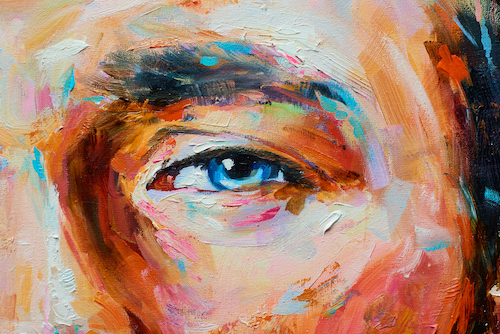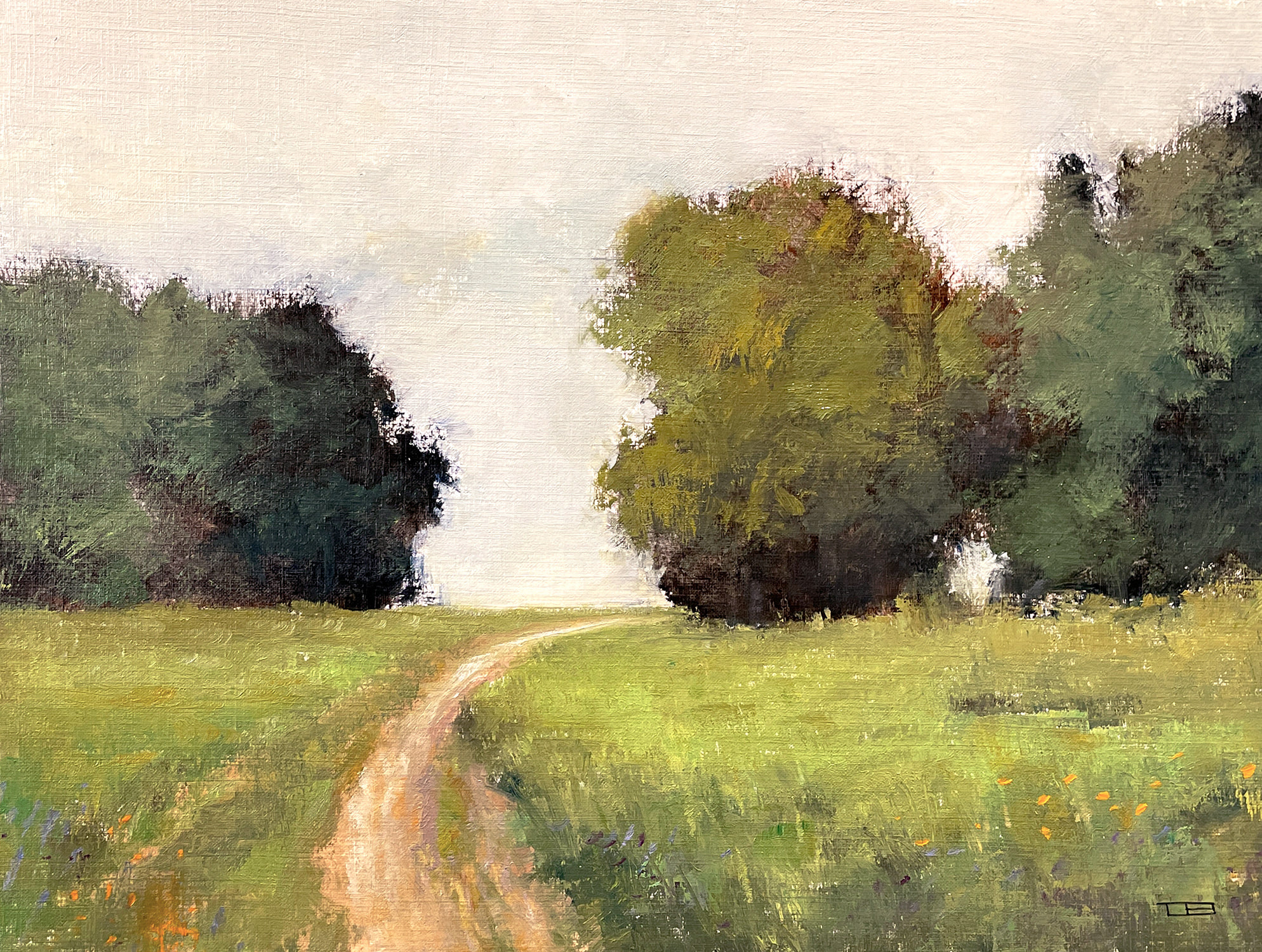Discovering Everything About Oil Paints: An Overview to Comprehending Their Elegance and Value
Oil paintings have actually astounded target markets for centuries, using a glance into the artistic proficiency of different eras. Their abundant history is intertwined with cutting-edge techniques and extensive emotional expression. Comprehending the products and approaches behind these artworks can boost gratitude. Additionally, the market for oil paintings provides opportunities for collectors and financiers alike. As one explores this remarkable globe, the question arises: what makes an oil painting genuinely valuable?
The Background of Oil Painting: A Trip With Time
Although oil painting has origins that date back to old times, it genuinely flourished during the Renaissance, when musicians found its adaptability and abundant shade capacity. Early instances can be traced to the 7th century, with techniques progressing notably across cultures. The tool came to be popular in Northern Europe in the 15th century, especially via the jobs of artists like Jan van Eyck, that spearheaded its usage for thorough realism and vibrant colors. This period noted a departure from tempera paints, enabling greater depth and structure. As oil paint spread, it influenced numerous artists, causing masterpieces by renowned numbers such as Leonardo da Vinci and Rembrandt. The medium's tradition proceeds, shaping the art globe well right into modern-day times.
Understanding Oil Paints: Materials and Techniques
As artists check out the globe of oil paints, they run into a diverse range of products and methods that specify this tool. The main parts of oil paint consist of pigments, which provide shade, and drying oils, such as linseed, that bind the pigments and assist in application. Various additives can change the paint's structure and drying time, enhancing versatility. Methods like glazing, where transparent layers are built up, and impasto, which involves applying thick paint, enable various aesthetic impacts. Furthermore, making use of brushes, combination knives, and also fingers can develop distinct structures and coatings. Understanding these products and strategies allows musicians to fully express their imagination and achieve the preferred impact in their art work.
The Function of Shade in Oil Paints
Shade plays an essential duty in oil paints, influencing both aesthetic allure and emotional vibration. Comprehending color concept basics, consisting of the partnerships in between colors, can boost an artist's capacity to communicate state of mind and ambience. Furthermore, mastering color blending techniques allows for greater deepness and richness in a paint's scheme.

Color Theory Fundamentals
Comprehending shade theory is important for artists working with oil paints, as it develops the structure for producing harmonious and visually engaging make-ups. Shade theory encompasses the research of just how shades connect, the color wheel, and the partnerships between primary, secondary, and tertiary colors. Artists utilize complementary colors to enhance contrasts and create prime focus, while comparable colors advertise unity and cohesiveness within an item. Additionally, the concepts of trendy and cozy shades affect the assumption of deepness and area in a painting. Grasping these principles permits artists to adjust color efficiently, directing the visitor's eye and communicating their intended message. Mastery of color theory ultimately improves an artist's capacity to share feelings and concepts via their job.
Psychological Effect of Color
The emotional influence of shade in oil paintings plays a critical duty in how viewers regard and attach with art work. Colors stimulate specific sensations and moods, influencing the customer's mood. As an example, cozy hues like reds and oranges can create a sense of warmth and energy, while trendy tones such as blues and eco-friendlies usually stimulate peace or self-questioning. Artists strategically choose color palettes to boost narrative elements, guiding the target market's emotional trip. The saturation and contrast of shades additionally enhance these impacts, attracting interest and developing emphasis. Ultimately, the interaction of shades in oil paintings not only enhances their visual charm yet additionally serves as a powerful tool for emotional expression, improving the viewer's experience and analysis.
Shade Combining Techniques
While several elements of oil painting add to the total composition, grasping color mixing strategies is crucial for attaining preferred effects and depth. Color blending can be come close to with numerous approaches, consisting of the subtractive and additive procedures. Additive mixing involves combining shades of light, while subtractive blending counts on pigments, where shades mix to produce new tones. Artists commonly utilize a minimal scheme to create unified jobs, understanding the connections in between main, secondary, and tertiary colors. Strategies such as glazing and scumbling further enhance deepness and luminance. By skillfully mixing shades, an artist can stimulate emotions, develop centerpieces, and achieve a sense of realism, ultimately raising the painting's visual and psychological influence.
Famous Oil Painters and Their Iconic Works

Well known for their proficiency of shade and technique, oil painters have produced several of one of the most renowned art work in history. Distinguished artists like Vincent van Gogh mesmerized target markets with his emotive brushwork in "Starry Night," while Claude Monet's "Perception, Dawn" laid the groundwork for Impressionism. Leonardo da Vinci's "Mona Lisa" continues to be a long-lasting sign of imaginative brilliant, showcasing his ability in recording human expression. Rembrandt's "The Evening Watch" illustrates his ingenious use of light and shadow. Other significant figures include Pablo Picasso, that transformed modern-day art with his strong testing in works like "Les Demoiselles d'Avignon," and Georgia O'Keeffe, whose lively representations of landscapes and blossoms aided specify American modernism. Each musician's distinct design contributed considerably to the oil painting landscape.
How to Assess the Top Quality of an Oil Paint
Assessing the high quality of an oil painting entails a careful assessment of craftsmanship techniques, as well as an evaluation of color and make-up. Observing brushwork, layering, and the application of paint can reveal the musician's ability level. Furthermore, the interplay of shades and the total plan of components contribute substantially to the paint's aesthetic value.
Evaluating Workmanship Methods
A meticulous assessment of workmanship methods is vital for figuring out the quality of an oil painting. Evaluators must first take a look at the application of paint; thick, distinctive brushstrokes may recommend a skilled hand, while excessively consistent applications could show an absence of deepness. oil paintings for sale. The layering method is also vital; the existence of lusters and varied thickness can enhance brightness and intricacy. In addition, the top quality of the products made use of, such as the canvas and pigments, plays a substantial duty in sturdiness and general visual. Interest to information in elements like sides and changes in between colors reflects the artist's commitment to their craft. Eventually, these methods contribute to the painting's emotional impact and market value, acting as indicators of the artist's skill and intent
Assessing Color and Make-up
While reviewing the quality of an oil paint, one need to concentrate on the interaction of shade and make-up, as these components are fundamental to the artwork's general impact. Shade options can evoke feelings and establish mood; as a result, the artist's scheme need to be taken a look at for consistency and contrast. A healthy structure guides the audience's eye and produces a feeling of unity. Musicians commonly use techniques like the rule of thirds or leading lines to boost aesthetic interest. Furthermore, making use of light and shadow can include depth, enhancing the three-dimensionality of the painting. Ultimately, an effective oil paint marries shade and make-up, engaging the customer and inviting a much deeper recognition of the musician's vision and method.
Taking care of and Preserving Oil Paintings
Proper treatment and conservation of oil paints is necessary for maintaining their integrity and longevity. To secure these art work, it is essential to present them far from straight sunshine, which can trigger fading and discoloration. Preserving a secure environment with regulated temperature level and humidity additional aids in avoiding damage. Cleaning up must be done carefully using a soft, dry towel, preventing any harsh chemicals that could hurt the paint or varnish. Regular inspections for signs of degeneration, such as flaking or fracturing, are suggested. When keeping or delivering oil paintings, appropriate cushioning and framework are needed to stay clear of physical injury. Inevitably, persistent care adds to the aesthetic appeal and worth of oil paintings in time.
The Market for Oil Paintings: Gathering and Spending
Recognizing the market dynamics for oil paints is necessary for collectors and investors alike. The value of these art work is affected by various elements, including the musician's credibility, historic value, and present fads. Collectors typically look for items that reverberate directly while thinking about possible gratitude in worth. Auctions and galleries work as main venues for trading, with rates changing based on need and rarity. Purchasing oil paints requires research study into the marketplace, as well as an understanding of authenticity and provenance. Furthermore, emerging artists might provide possibilities for significant returns, while established names can regulate high costs. Overall, a strategic strategy to gathering can produce both visual satisfaction and financial incentives.

Frequently Asked Concerns
What Are the Environmental Impacts of Oil Painting Products?
The environmental effects of oil painting products include the launch of volatile organic compounds (VOCs), damaging waste generation, and source extraction for pigments. These variables add to pollution and ecological deterioration, raising concerns among eco mindful musicians and customers.
Exactly How Do Various Canvases Impact Oil Painting Outcomes?
Various canvases affect oil painting results significantly. Structure, absorbency, and surface area high quality can change paint application, drying out times, and color vibrancy. Musicians typically select specific canvases to attain wanted impacts and boost their artistic expression.
Can Oil Paintings Be Recovered if Harmed?
Oil paintings can certainly be recovered if harmed. Expert conservators utilize different strategies to fix tears, tidy surface areas, check here and address staining, making certain that the art work maintains its original beauty and value for future generations.
What Are the Signs of an Initial Oil Painting?
The indicators of an initial oil painting include noticeable brush strokes, structure variations, and an uneven canvas weave (oil paintings for sale). In addition, credibility may be verified with provenance, trademarks, and the visibility of a varnish layer unique to oil tools
Exactly How Has Technology Influenced Modern Oil Painting Techniques?
Modern technology has actually considerably influenced modern-day oil paint strategies by presenting electronic tools for planning, enhanced materials for structure and longevity, and on the internet systems for sharing and selling art, thus broadening artists' imaginative opportunities and audience get to. Oil painting has origins that date back to ancient times, it genuinely prospered during the Renaissance, when artists uncovered its flexibility and abundant color potential. The emotional effect of shade in oil paints plays a vital function in how viewers view and attach with artwork. While several elements of oil painting add to the overall structure, understanding color mixing techniques is crucial for accomplishing desired effects and depth. Assessing the high quality of an oil paint involves a cautious assessment of workmanship strategies, as well as an analysis of color and make-up. While assessing the high quality of an oil painting, one should focus on the interaction of color and composition, as these components are basic to the art work's general influence.